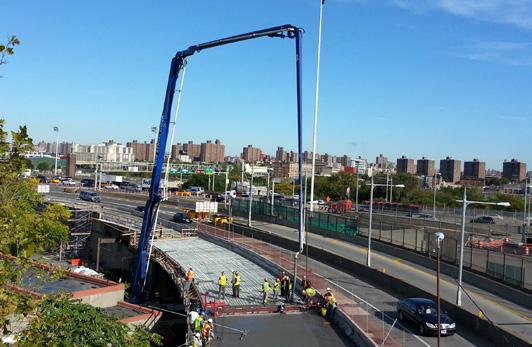
1 minute read
TRANSFORMING THE JOB SITE
Today, Lockheed Martin, under the product name FORTIS, and Ekso Bionics are both developing scaled down units for industrial and medical applications. From enabling workers on construction sites to operate heavy tools for extended durations, to restoring the ability to walk to those with spinal cord injuries, these devices promise incredible breakthroughs in ways only now being imagined.
The implications for this in the construction industry are huge. Tests have shown that an exoskeleton device can increase productivity up to 2700%, when measuring the time a worker can hold a 16-pound grinder overhead without having to rest.5 With the exoskeleton effectively making the tool weightless, the risk of muscle strain and injury is substantially reduced, allowing workers to focus their energies on performing the task more accurately and quickly, with less wear and tear on the individual. The benefits of reduced job site injuries and increased productivity make this an innovation that can revolutionize the construction industry.6 And, as always, Halmar will be on the leading edge, adopting this technology to deliver higher quality, more competitive projects!
Advertisement

1 id. 2.SecondGeneration Robotics Suit, United States of America, Army Technology Market & Customer Insight, available at http://www. armytechnoloy. com/project/ raytheon-xos-2exoskeleton-us 3.David Axe, “Combat Exoskeleton Marches Toward Afghanistan Deployment,” WIRED (5/23/12) 4.“HULC”. Lockheed Martin. Retrieved 201108-02. 5. id. 6. Cyrus Farivar, “Ministry of Innovation/ Business of Technology,” ars technica (July 5, 2015), available at http:// arstechnica.com/ business/2015/07/ why-you-might-beseeing-mechanicalexoskeletons-onconstruction-sitessoon/








